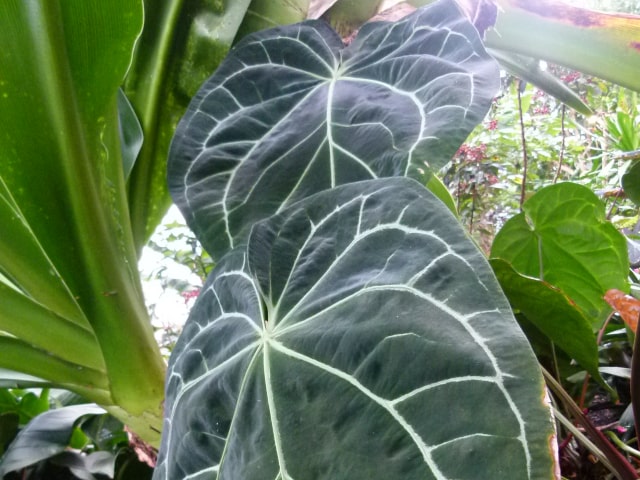
Anthurium Crystallinum is a gorgeous tropical evergreen that you can grow in your home or even in the garden, provided that the climate allows for it. This is a beautiful perennial that is native to the rainforests of Central America, so the key for growing is to replicate many of the conditions it has in its natural habitat. Fortunately, this is easier than it may seem, so it's possible to make a Anthurium Crystallinum thrive in your home without much trouble.
Anthurium Crystallinum Soil Requirements
When thinking about the best soil for your Anthurium Crystallinum, keep in mind that this plant is an epiphyte. It means that it grows on tree tops or on the sides of the hill. This greatly influences the type of soil it requires.
This means that you can use many different soil types to grow Anthurium Crystallinum. In fact, you may use no soil at all. A good medium for growing this plant is porous, but with good water retention. As long as you potting medium has these characteristics, you will have no issues making your Anthurium Crystallinum thrive.
A good potting mix for this plant is a compost with added organic materials, such as eggshells or other organic shells such as walnuts or almonds. Other organic materials also work great for this purpose. To create a good potting mix, you can add some charcoal. It is important to create a mix that will have enough air so the roots of your Anthurium Crystallinum can breathe properly.
If you cannot make your own soil mixture, some commercial soil types, such as Orchid potting mix, will do the trick. Just make sure to put the mixture in a terracotta pot that is layered with brick or gravel. This will help with root aeration, and it will also improve the drainage.
Anthurium Crystallinum Light and Water Requirements
Anthurium Crystallinum needs consistent exposure to bright light, but with some light shade. A kitchen window that receives plenty of sun will typically do. Outdoors, you can grow your plants under the shade of a tree.
Keep in mind that this plant likes long days, just like many other tropical plants. This is why you need to think about the winter. You will probably need to use some grow lights during the winter months when the days are short. If there are low light conditions, your Anthurium Crystallinum will grow very slowly and it will not thrive.
When it comes to water, it is important to mimic the natural condition that Anthurium Crystallinum has in its native environment. It grows in the rainforests of Central America, where the conditions are wet and humid. However, the roots of these plants are exposed to the air so they can dry out quickly whenever they get wet.
You need to replicate these growing conditions in your home. As long as you get a proper potting mix that drains well, you can water your Anthurium Crystallinum regularly without any issues. With a good drainage, you can water a few times per week in the summer and once a week during the winter.
Anthurium Crystallinum: Temperature and Humidity
Anthurium Crystallinum is a warmth-loving plant. It will thrive in temperatures that range from 65 to 75 degrees F (18 to 24 degrees Celsius). It means that you have to take them inside if you live in a climate where temperatures go under 65 degrees for longer periods of time. Many people take their Anthurium Crystallinum indoors during the winter and bring them back to the garden in the spring.
In general, Anthurium Crystallinum should not be kept in temperatures lower than 55 degrees F (13 degrees Celsius). This is a minimum temperature that is suitable for this plant.
Also, make sure to avoid any drafts and temperature fluctuations. You need to pay attention to this even if indoors, or if you grow your plants in a greenhouse. Make sure that the plants are well-ventilated but never exposed to cold air.
When it comes to humidity, Anthurium Crystallinum is a true tropical plant. It means that it likes humidity: in the natural habitat, it is constantly exposed to some water evaporation. Ideally, you should grow it at a spot where humidity levels are between 70% and 80%. Kitchens are good places in the home, because they typically have higher humidity levels than the other rooms. Alternatively, you may grow this plant in the bathroom, as long as you have a well-lit window that will provide it with sufficient amount of light.
Fertilizing Anthurium Crystallinum
Your Anthurium Crystallinum will need some fertilizing in order to thrive. However, these plants typically don't need much, because they are grown in a medium that has plenty of organic content.
You may use some fertilizer to improve the growth of your plant and to make it thrive. Some well-balanced fertilizer or fish emulsion once per month should be enough. It is best to use organic feeding than chemical fertilizers because they are slow release and work great with plants such as Anthurium Crystallinum. However, you may use some Orchid fertilizer twice per month instead. Just make sure to water your Anthurium Crystallinum regularly if you choose a chemical fertilizer: that will flush the excess salt buildup from the roots.
Other Care Tips
Here are some additional tips on how to grow your Anthurium Crystallinum:
Growth. This is a plant that grows slowly. Do not be surprised by it. Typically, it gives one new leaf every 3 to 4 weeks. The plant grows laterally and is generally compact, so it's ideal for indoor care.
Propagation. Anthurium Crystallinum is not difficult to propagate, but the success varies, so don't be disheartened if your first attempt didn't work. The easiest way to propagate is through root separation. However, some people choose to start their Anthurium Crystallinum from seeds.
Pruning. This plant generally doesn't require much pruning, since it's a slow grower. Just remove dead and damaged leaves periodically. This will be enough to keep it in check.
Check the roots. You should monitor your plant regularly to notice any potential signs of a disease or any other issue. It is particularly important to check the roots from time to time. Healthy roots of a Anthurium Crystallinum are cream colored, with a pink tinge.
Photo credit: Jungle Rebel
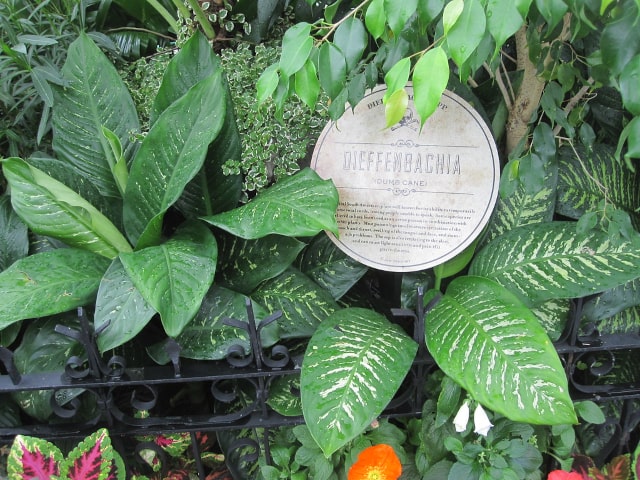
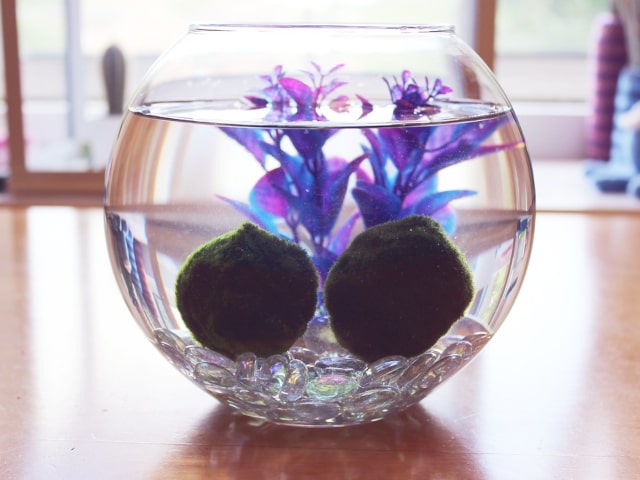
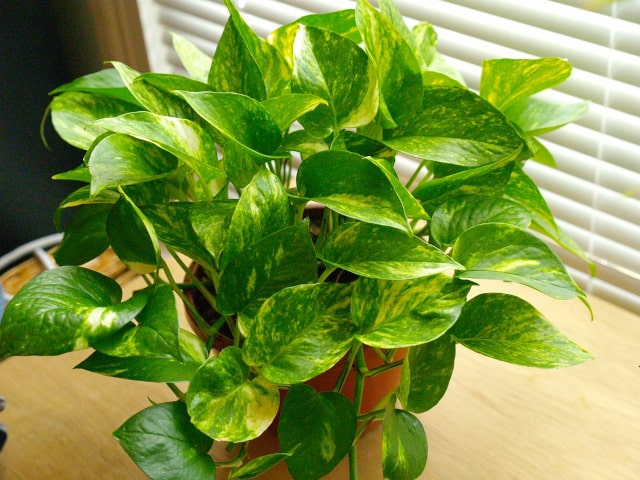
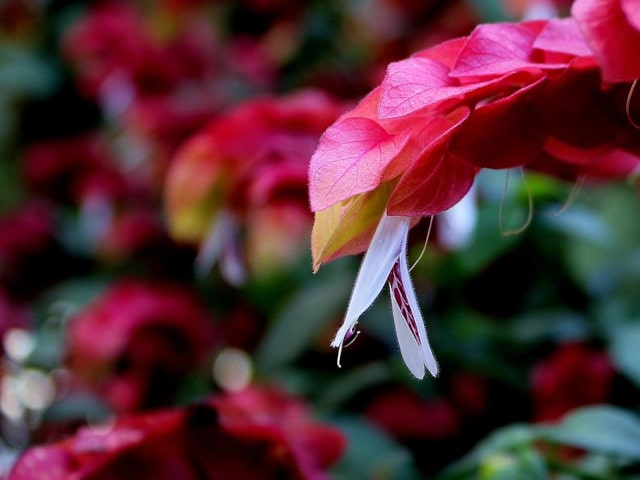
0 Comments